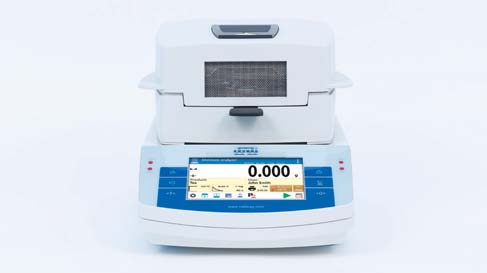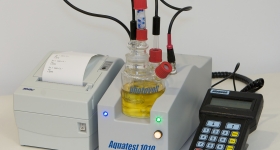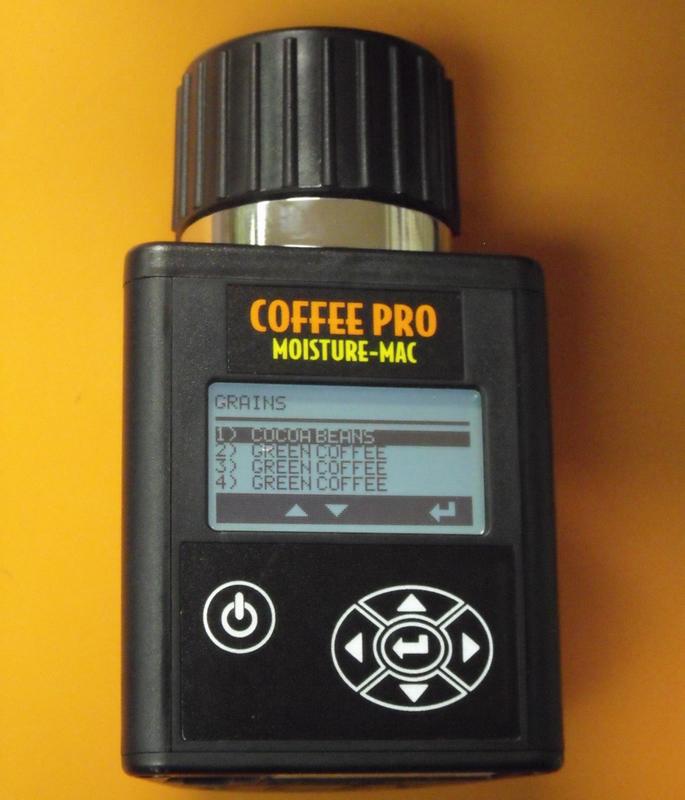- HOME
- CONSISTOMETER
- ETCHING SYSTEM
- FLUID BED DRYER
- LOSS ON DRYING
- OXYGEN HEAD SPACE
- PARTICLE REDUCTION
- PARTICLE SIZE & SHAPE
- SAMPLE CONTAINERS STAINLESS STEEL
- SAMPLE DIVIDERS
- SAMPLERS ACCESSORIES
- SAMPLERS LIQUIDS
- SAMPLERS POWDERS
- SIEVE ACCESSORIES
- SIEVE CALIBRATION
- SIEVE CALIBRATION BEADS
- SIEVE CALIBRATOR
- SIEVE SHAKERS
- SIEVES ASTM ISO
- SIEVING SONIC
- SURFACE TENSION
- SINAR MOISTURE PROBE
- WATER ACTIVITY

www.qclabequipment.com
CUSTOMER SERVICE * SALES * TECHNICAL SUPPORT
DELIVERIES WORLDWIDE
PERFORMANCE GUARANTEE
Telephone (804) 318-3686 Toll Free US (866) 244 1578 Fax (703) 991-7133 Hours 8 AM - 6 PM EST INTERNATIONAL & DOMESTIC SALES
-
 AGGREGATE SIZING
AGGREGATE SIZING

-
 SIEVER VACUUM
SIEVER VACUUM

-
 BALANCES
BALANCES

-
 BRIX METERS
BRIX METERS

-
 SINAR TECHNOLOGY
SINAR TECHNOLOGY

-
 COLOR SHADE ANALYSIS
COLOR SHADE ANALYSIS

-
 COLOR SHADE ANALYZER
COLOR SHADE ANALYZER

-
 COLOR SHADE INLINE
COLOR SHADE INLINE

-
 CONSISTENCY METHOD
CONSISTENCY METHOD

-
 SAMPLE CONTAINERS
SAMPLE CONTAINERS

-
 PARTICLE SIZE INLINE
PARTICLE SIZE INLINE

-
 HOMOGENIZERS
HOMOGENIZERS

-
 GERMINATION TESTING
GERMINATION TESTING

-
 GRAVEL SAND PARTICLE SIZE
GRAVEL SAND PARTICLE SIZE

-
 MOISTURE AGRICULTURE
MOISTURE AGRICULTURE

-
 MOISTURE INLINE CONTACT
MOISTURE INLINE CONTACT

-
 OVEN ALTERNATIVES
OVEN ALTERNATIVES

-
 MOISTURE KARL FISCHER
MOISTURE KARL FISCHER

-
 MOISTURE DETERMINATION
MOISTURE DETERMINATION

-
 OVENS
OVENS

-
 PROTEIN AGGREGATES
PROTEIN AGGREGATES

-
 RICE LAB
RICE LAB

-
 SAMPLE BLENDERS
SAMPLE BLENDERS

-
 SAMPLERS
SAMPLERS

-
 SEED COUNTER
SEED COUNTER

-
 SIEVING SOFTWARE
SIEVING SOFTWARE

-
 TABLET MAKING MACHINE
TABLET MAKING MACHINE

-
 VISCOSITY
VISCOSITY


MANUFACTURING DISTRIBUTION TECHNICAL SERVICES FOR ANALYTICAL INSTRUMENTATION
TELEPHONE (804) 318-3686 TOLL FREE (866) 244-1578
EQUIPMENT FOR QUALITY CONTROL AND R&D MOISTURE ANALYSIS NON DESTRUCTIVE METHODS FOR HYGROSCOPIC MATERIALS
STORE SEARCH

COMPLETE INTERACTIVE SAMPLER CATALOGUE PDF DOWNLOAD Although loss on drying and Karl Fischer are two of the most popular test methods for determining moisture, they both have severe drawbacks when it comes to routine moisture checking in a quality control setting, or wherever frequent or routine testing is carried out.
Oven tests can take many hours to complete for each sample, making it probably the least productive method for determining moisture levels. Moisture balances or laboratory dryers can reduce the time to minutes instead of hours, but 15 minutes can turn in to hours, with enough samples.
Karl Fischer Moisture analysis, another preferred direct method, requires a high degree of operator training, as well as sophisticated and expensive instrumentation.
Indirect methods like capacitance, and NIR, provide usable accuracy in seconds, require very little operator training, and are non destructive to the sample.
Methods of determining moisture, are generally chosen for suitability based on the physical characteristics of the sample. For example if one was to want to obtain the amount of water in a sample of oil, it would be easier to add a liquid chemical to the oil, that would react relative to the amount of moisture, than to heat the oil, and try to drive off the water that way, so Karl Fischer is what is used in petrochemical moisture determination. For a sample of coffee beans, it is easier to heat them up to drive off moisture, than to try to arrange for a chemical reaction, where the sample would first need to be homogenized, to help ensure the chemical reaches the areas where the moisture is.
Contact Us
We will get back to you as soon as possible
Please try again later


A MOISTURE BALANCE HEATS AND WEIGHS A SAMPLE SIMULTANEOUSLY, IN ORDER TO DETERMINE THE MOISTURE IN A NON VOLATILE SAMPLE. THIS BASIC KARL FISCHER ANALYZER MEASURES MOISTURE BY DETECTING AN ELECTRO-CHEMICAL REACTION, CAUSED BY THE ADDITION OF SPECIAL REAGENTS
CAPACITANCE BASED ANALYZERS NON DESTRUCTIVE MOISTURE DETERMINATION IN HYGROSCOPIC, FREE FLOWING MATERIALS, WITH UNIFORM DENSITY
Capacitance based analyzers need to be able to determine the density of the sample, and therefore need a measurement of the samples mass.
This can be done with a balance, a fixed volume container, or by making assumptions about the volume of the sample,
as in the case of the moisture probe. Here the signal transmits to about a ten inch circumference, so the calculations, are based on a soccer ball sized sample.
FROM LEFT TO RIGHT
(1) SINAR BEANPRO uses an oscillating balance to measure a samples mass.
(2) Sinar SP Moisture Probe is designed for insertion in to bulk samples, where it assumes the samples volume. There must be enough sample (Soccer Ball Size) surrounding the sensor, in order to get an accurate reading.
(3) Coffee Pro Compression cap design , assumes a fixed volume with a cup, and achieves uniform density by applying slight pressure with a screw down compression cap.
(4) Sinar DRYPRO uses similar technology to the SP 6600 for inline moisture determination applications.
(5) Sinar LSA is a hybrid, designed for seeds or grains that are otherwise to large to fit in a standard sample cell, like Cacao Beans. Crop calibrations can be interchanged between instruments, but bias offsets may be required.
DIFFERENT SENSOR TYPES AND DESIGN VARIATIONS TO ACCOMODATE UNIQUE SAMPLE CHARACTERISTICS
(1) (2) (3) (4) (5)


SINAR AP 6060 SAMPLE CELL TYPE WITH INTERNAL BALANCE FOR MOISTURE TEMPERATURE & DENSITY ANALYSIS SINAR SP 6600 MOISTURE / TEMPERATURE PROBE COFFEE PRO MOISTURE MAC W SCREW DOWN COMPRESSION CAP SINAR DRYPRO INLINE MOISTURE DETERMINATION SYSTEM 267000 LSA LARGE SEED MOISTURE AND TEMPERATURE ANALYZER In order for a capacitance based moisture analyzer to provide accurate moisture information for a given commodity, a series of capacitance readings, over a relevant moisture range for the commodity first have to be taken. For example, if a particular grain generally arrived with between 12% & 18% moisture, capacitance values for a series of samples with different moisture levels, ideally between 11% and 19%, at .5% intervals, would first need to be gathered. The moisture content of each of the samples, needs to be determined by an existing method, generally an oven test.
Proprietary Software then carries out the task of correlating the moisture levels to the capacitance values, in the form of a moisture curve. The next time a like sample is placed in the capacitance analyzer, it again takes a capacitance reading, only this time, it knows the relative moisture percentage.
HOW TO CREATE CUSTOM CALIBRATIONS FOR COMPATIBLE COMMODITIES
WHITESTONE VA TEL (804) 318-3686 FAX (703) 991-7133 INFORMATION@QCLABEQUIPMENT.COM WWW.QCLABEQUIPMENT.COM Copyright 2012: QAQC Lab | Particle Measurement System | All rights reserved. 804-318-3686 | sales@qclabequipment.com

